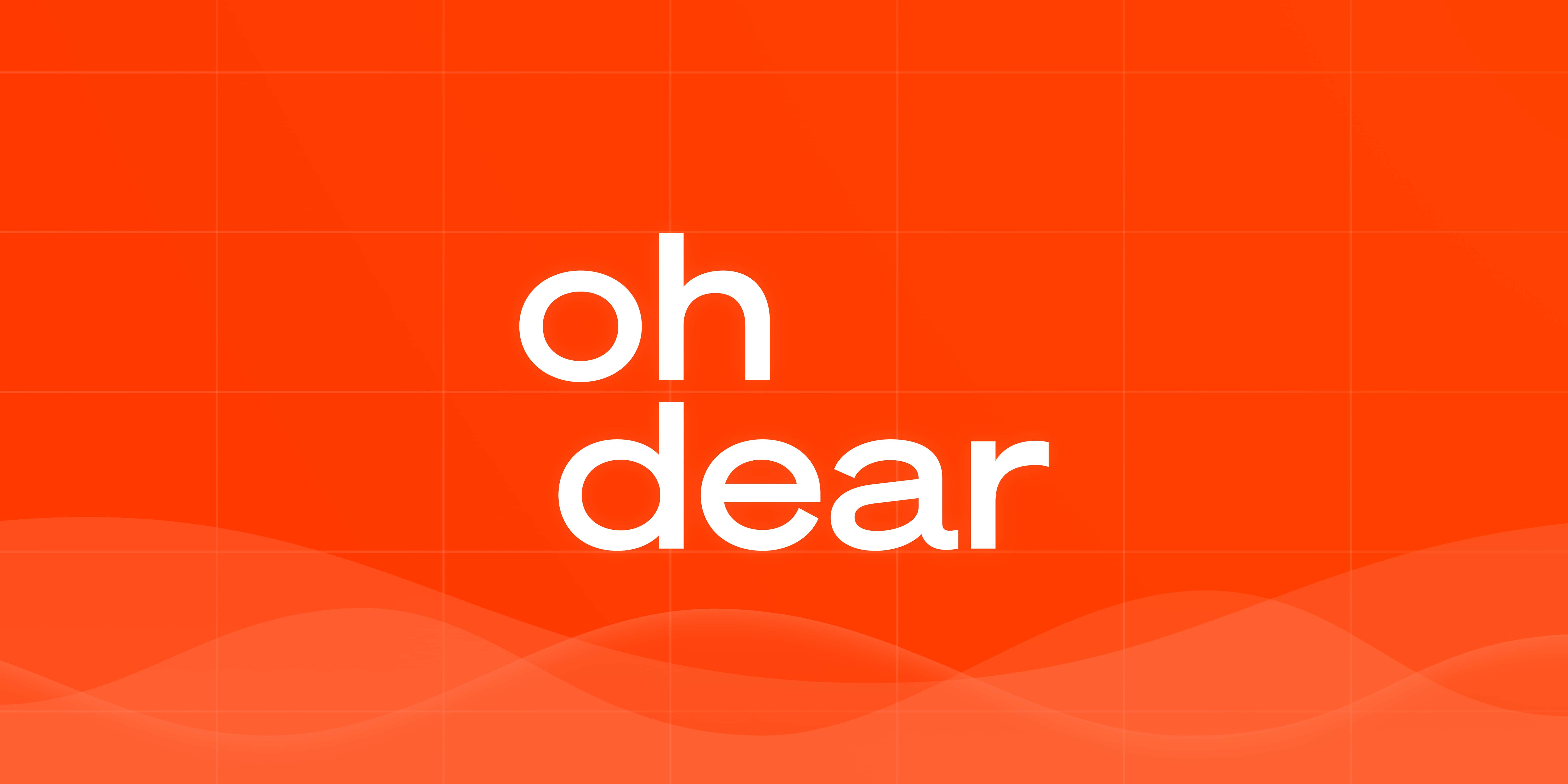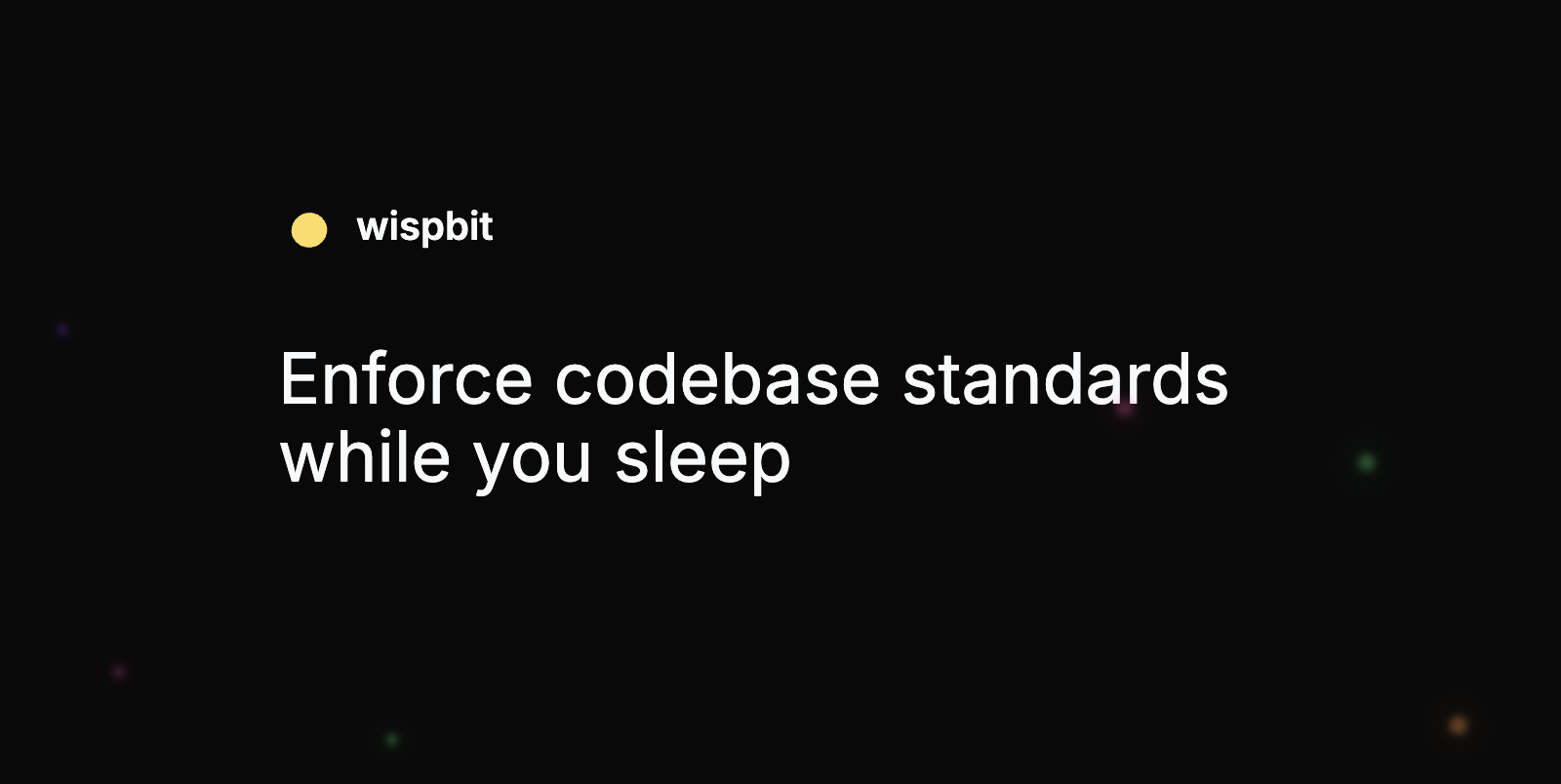DevOps Articles
Curated articles, resources, tips and trends from the DevOps World.
Databases: What to Know about Partitioning

Summary: This is a summary of an article originally published by The New Stack. Read the full original article here →
Data is everything, everything is data, and in most cases, the data in databases keeps growing and growing, but the user experience must remain unaffected. Distributed database provider https://www.cockroachlabs.com/ recently published a helpful https://www.cockroachlabs.com/blog/what-is-data-partitioning-and-how-to-do-it-right/ — written by Senior Technical Content Marketer https://www.linkedin.com/search/results/all/?keywords=charlie%20custer%20cockroach&origin=GLOBAL_SEARCH_HEADER&sid=YHX&utm_source=thenewstack&utm_medium=website&utm_content=inline-mention&utm_campaign=platform — that covers the basics of partitioning.
Here is the Before Table: Vertical Partition is a table split by columns with different columns stored on different partitions.
A use case example for horizontal partitioning is to partition tables to improve the performance of specific, frequently used queries against that data.
To introduce horizontal scaling, the database is split into horizontal partitions, now called shards, and those shards are split across multiple servers.
Product
Useful Links
Made with pure grit © 2026 Jetpack Labs Inc. All rights reserved. www.jetpacklabs.com




